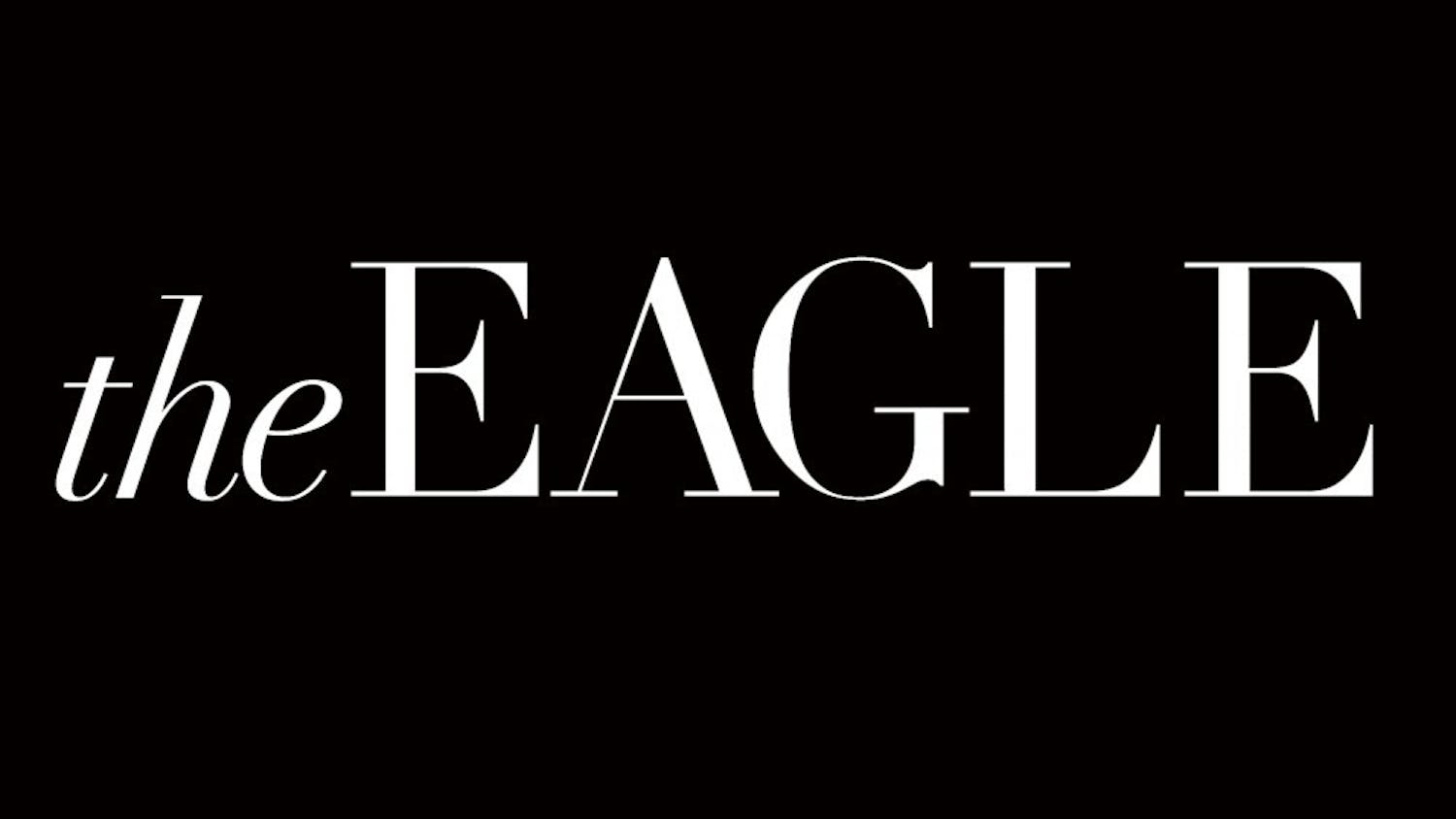"When boarding, please move to the center of the car."
If you have heard that short phrase, then you have taken the Metro. Whether it was to go to your internship, work, somewhere for your class, Union Station, DCA or just anywhere in general, you have probably taken the Metro. Also, like most people, you probably have been frustrated with the Metro in some way or the other. And you have every right to be. From minor issues such as single tracking or escalator outages, to major ones such as deadly accidents due to mechanical issues and poor maintenance, the fact of the matter is that the Metro needs to improve.
The answer to solving the ailments of the Metro is not a simple hashtag or tweet at the Metro’s Twitter feed, but rather lies with its creator: the federal government. In the 1960s, one of President Johnson’s initiatives was building a mass transit system in various urban cities, including the U.S. capitol itself. The Metro officially opened in 1976; however, construction on the original design would not end till 2001. To this day, the Metro as we know it is not under the control of a single state or local government, but a board of over a dozen members representing D.C., Virginia, Maryland and the federal government. In light of a string of increasingly publicized accidents, Metro has recently initiated the Safe Track program to identify and repair any damages to prevent any further tragedy. But there is more that the Metro needs to do, and the federal government needs to take note. It is essential for the system to become more reliable and less of a hazard. But Metro can -- and should -- be more than that.
Metro can take note from the mass transit systems of other global cities and make their systems as they are designed to be: user friendly. For example, the Metro can add more digital displays in cars to show which stop the train is at and which ones are ahead, like the transit system in Tokyo. Metro can also modernize by having more cars with rubber flooring, such as the tube in London, to prevent stains and black spots from forming, as seen in the carpet interior of most Metro railcars. Additionally, the Metro can be designed to be more soundproof to make the ride quieter and smoother like the subway in Hong Kong. These are small steps for Metro to take to improve the rider experience and begin to move forward in embodying the system’s original vision: to provide access to mass transit and be an alternative to driving for the average citizen.
Now, does the fact that the Metro drastically needs to improve mean the current system is the worst means of transport in DC? The answer is a downright no. However, to make it better, it should not be simply passing the responsibility to someone else or taking your anger out behind the comfort of a social media handle or platform. If you think the Metro can be better and be cleaner and safer, take action: contact your representatives in Congress or start a White House petition. Congress has a stellar record of putting their hands into D.C. home affairs. The more calls for the federal government to reform the Metro leads to more track that can be laid for a better system. Perhaps you can tell your member of Congress to work with other legislators, transportation experts and other appropriate parties on creating a Metro that works.
With the Safetrack initiative, Metro can identify and fix various maintenance issues, but it desperately needs a long-term vision of what type of system it can be in the coming years of the 21st century. A 20th century aging system is not the solution for a 21st century reality. In a country in which pundits, politicians and engineers have deemed infrastructure to be subpar and in dire need of improvement, repairing the capital’s transit system must be a top priority, representing an important step in developing the nation’s infrastructure. Modernizing the Metro may require further single tracking, but it is for the best to create a lasting, better system for generations to come.
Sameer Chintamani is a rising senior in the School of International Service and an opinion columnist for The Eagle.





